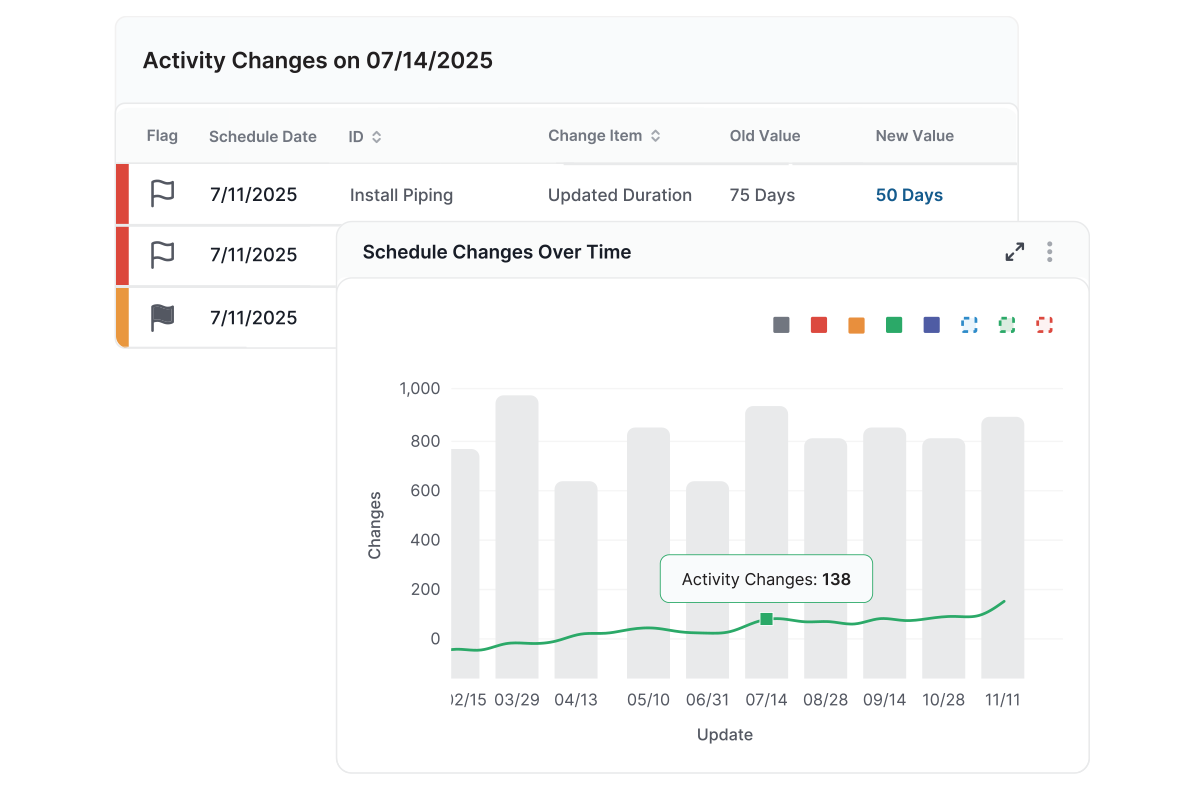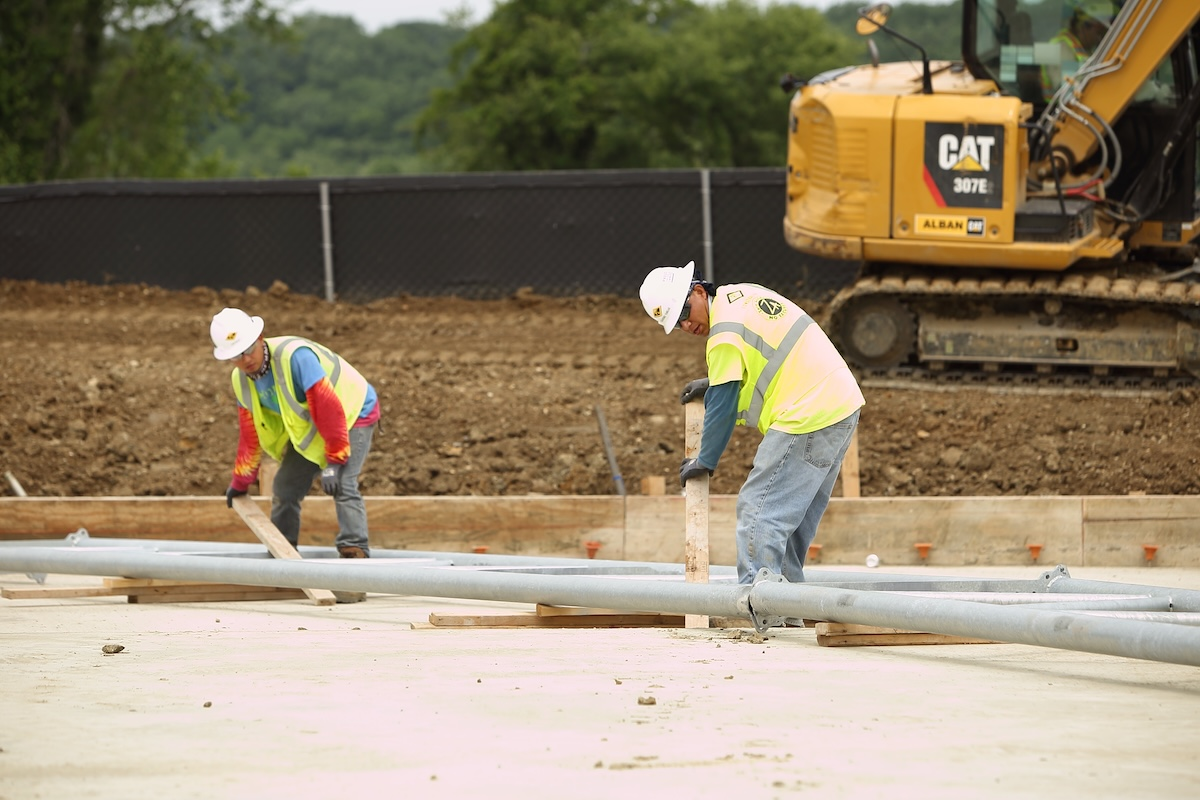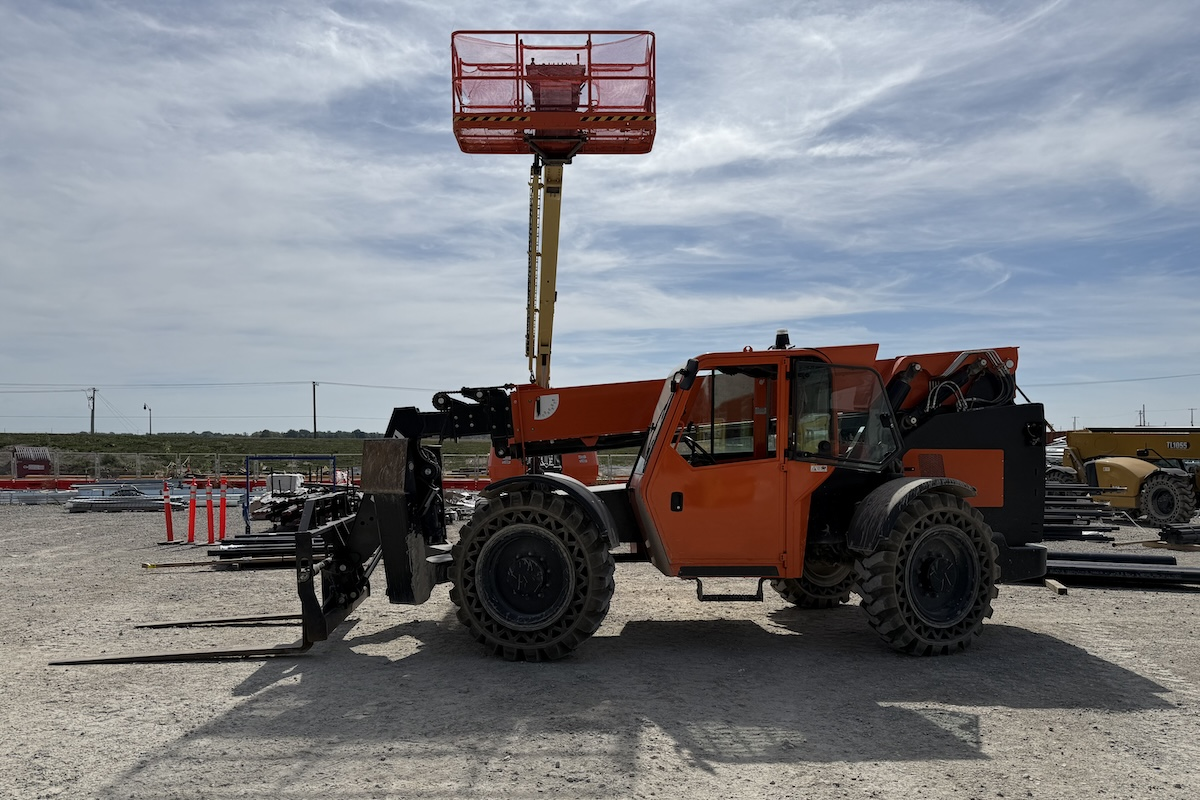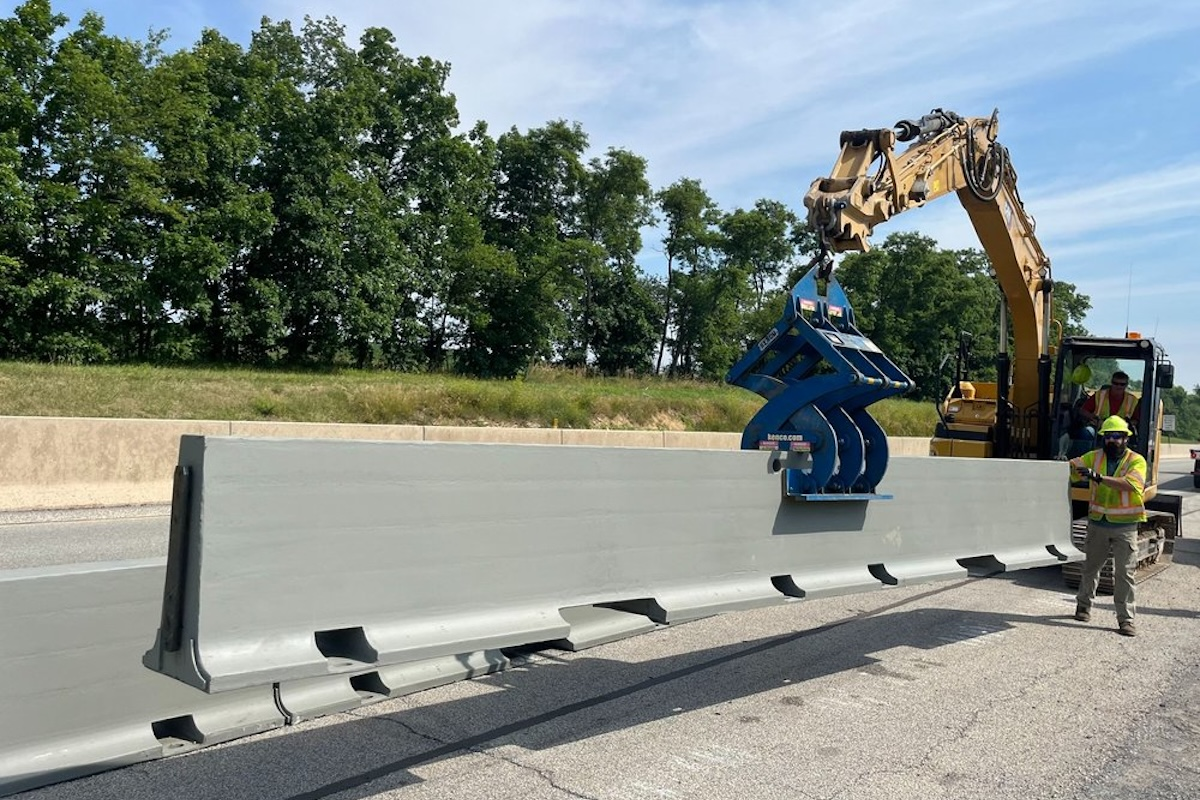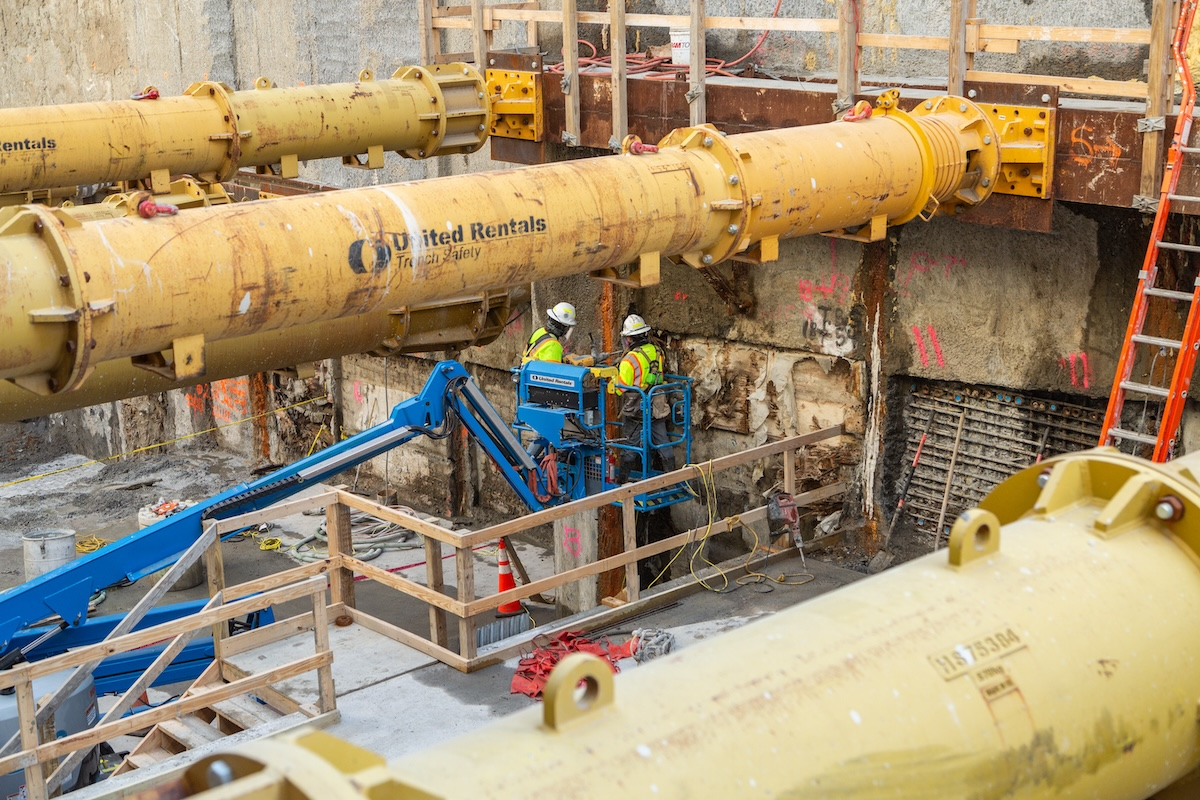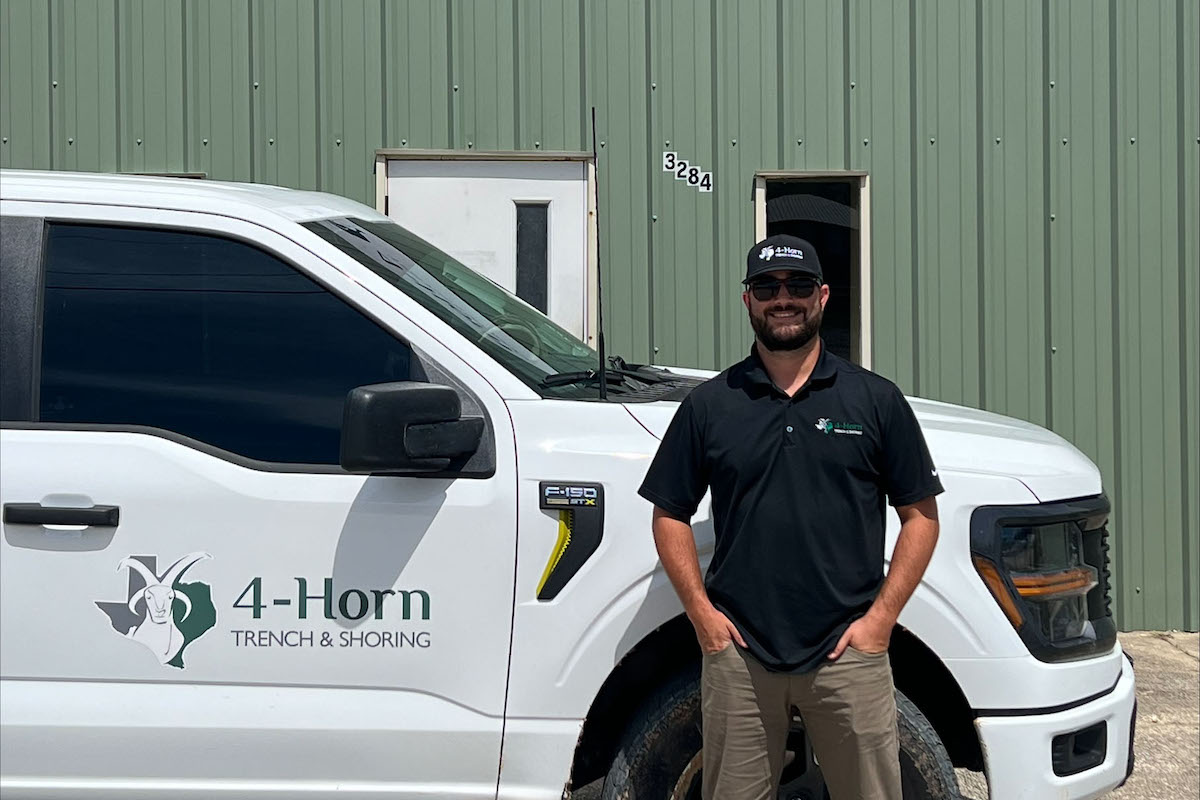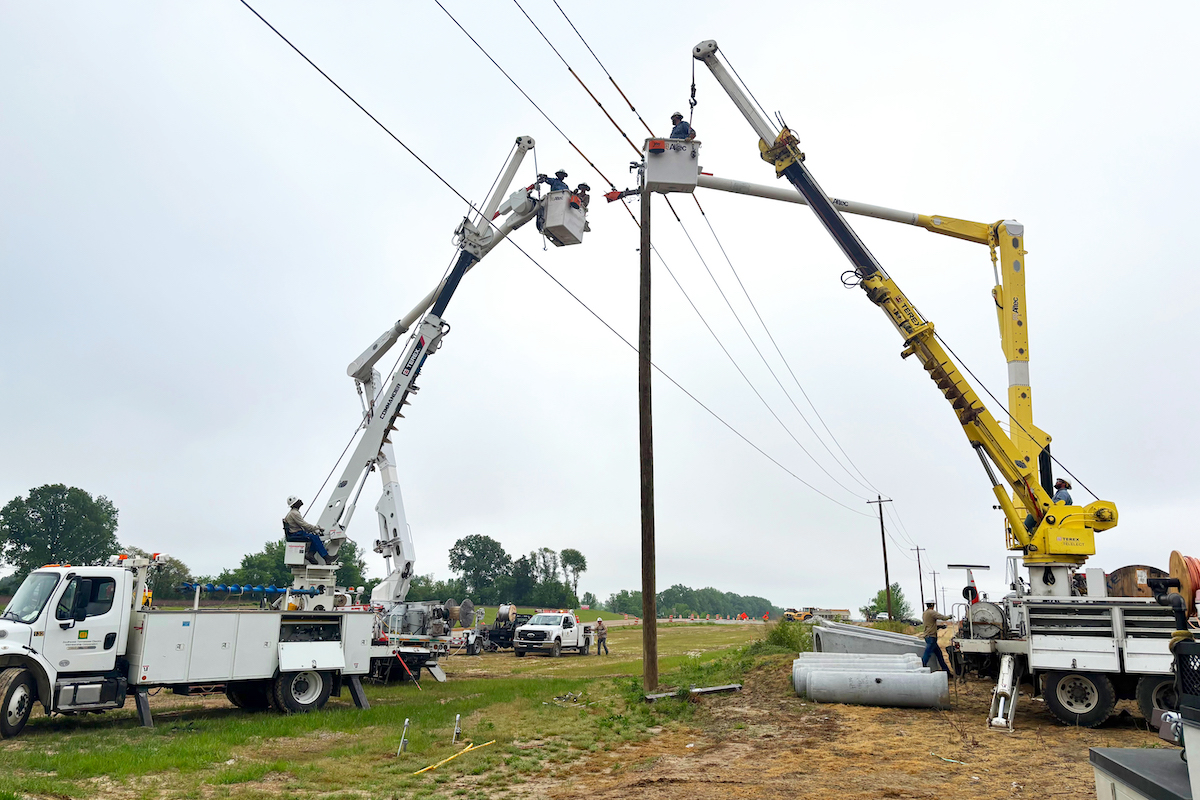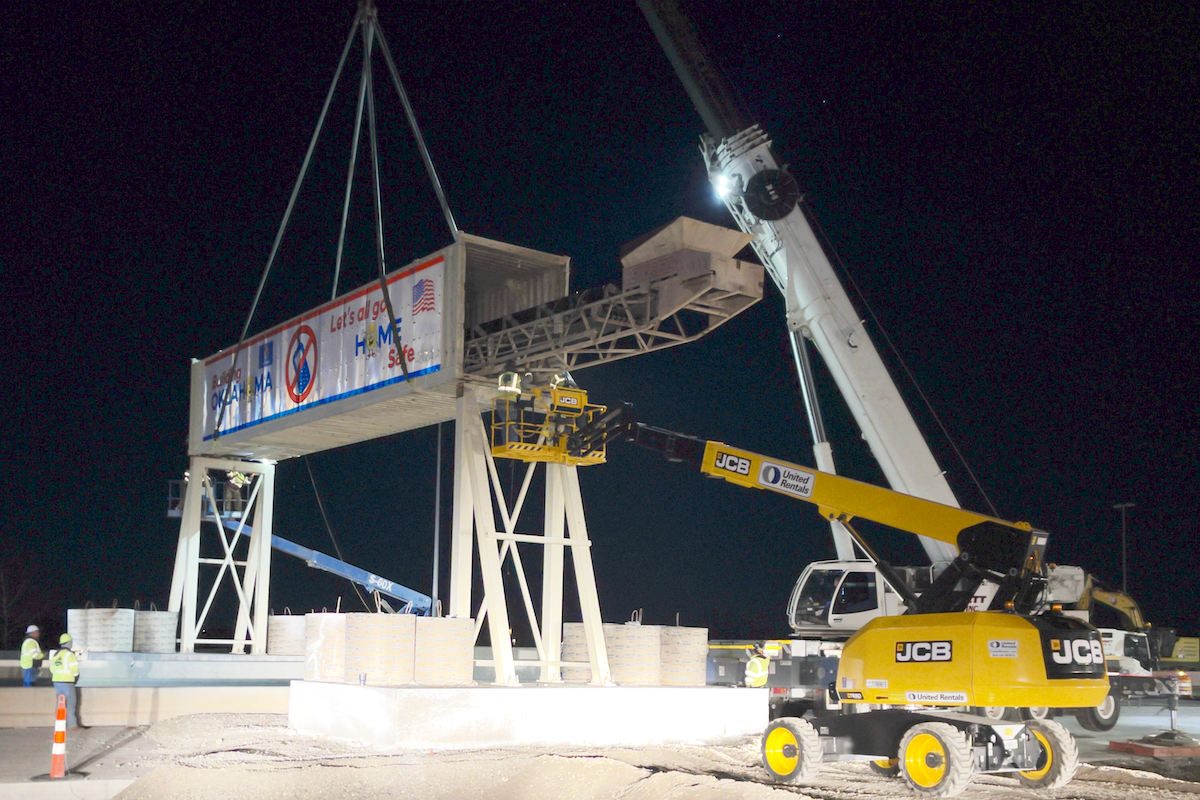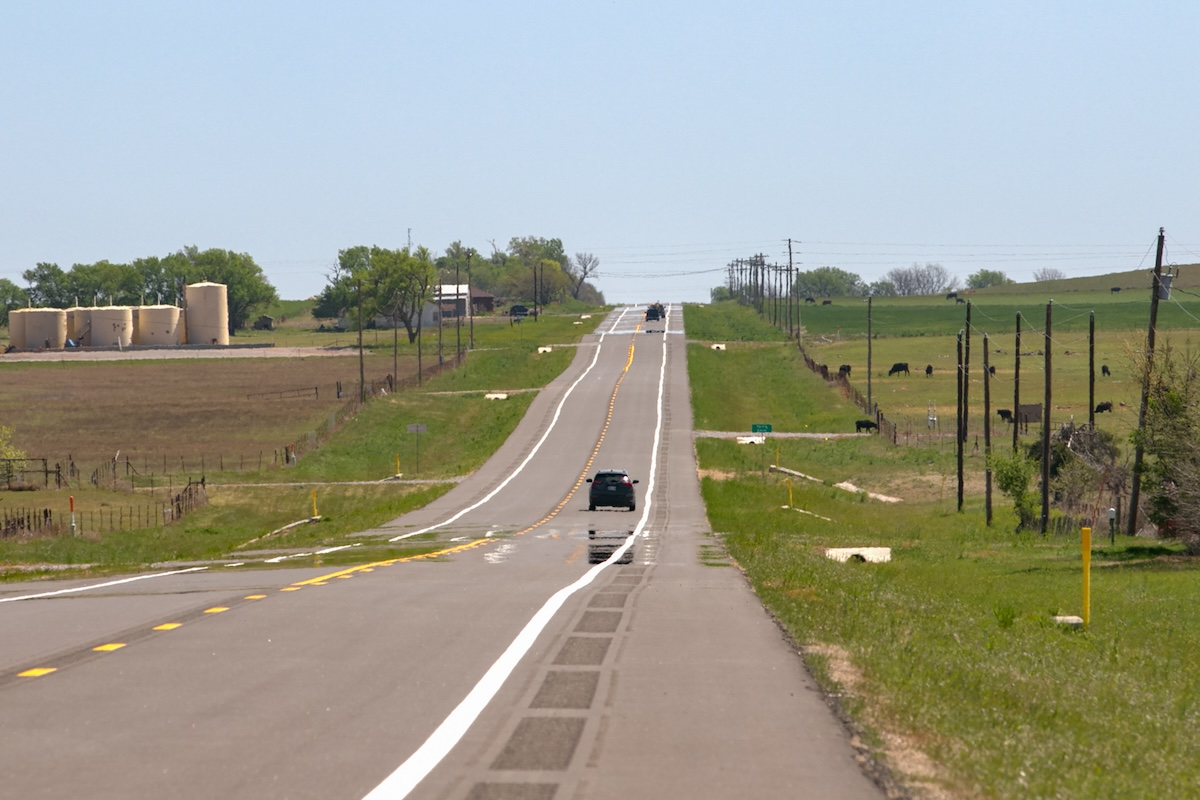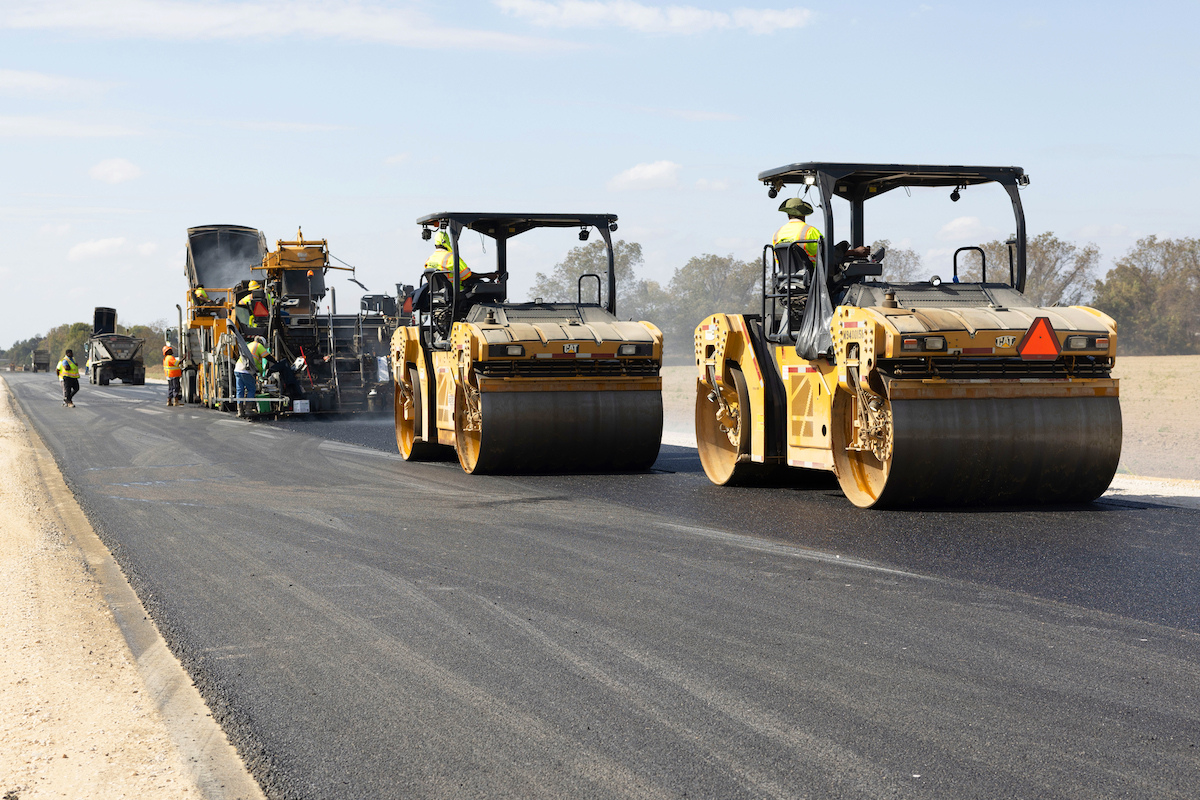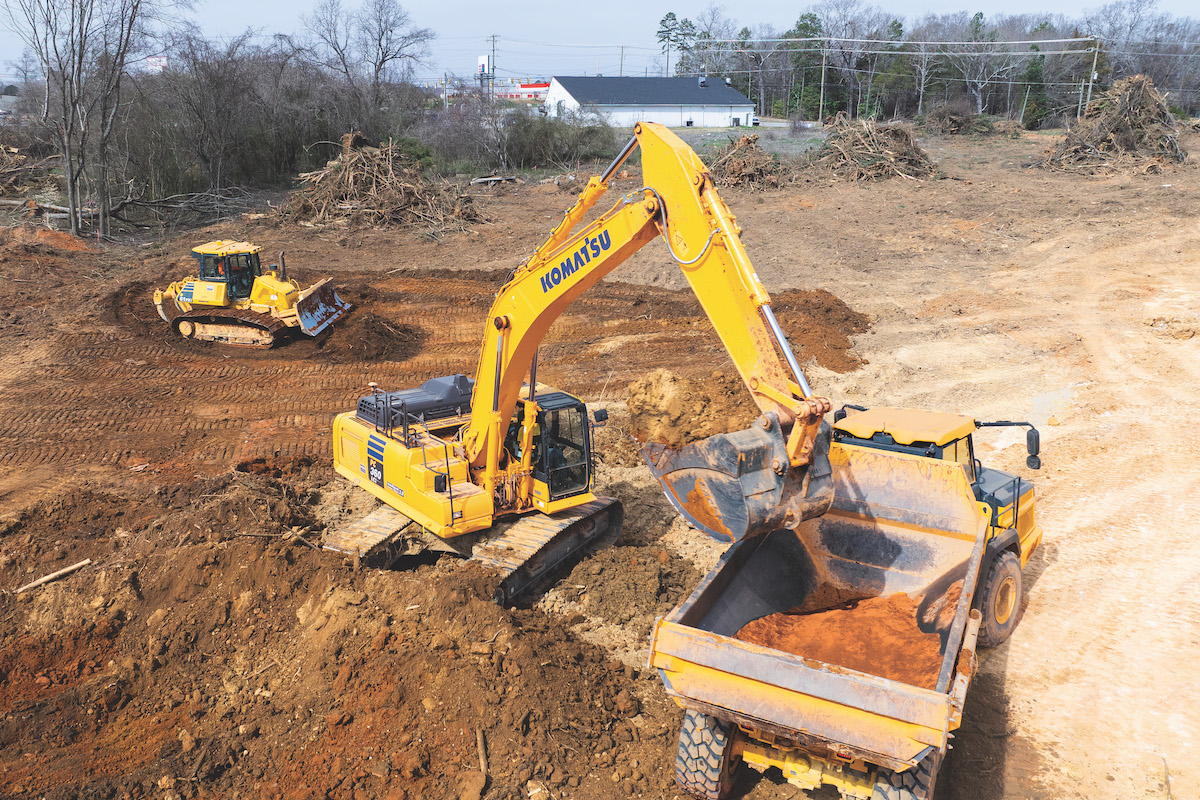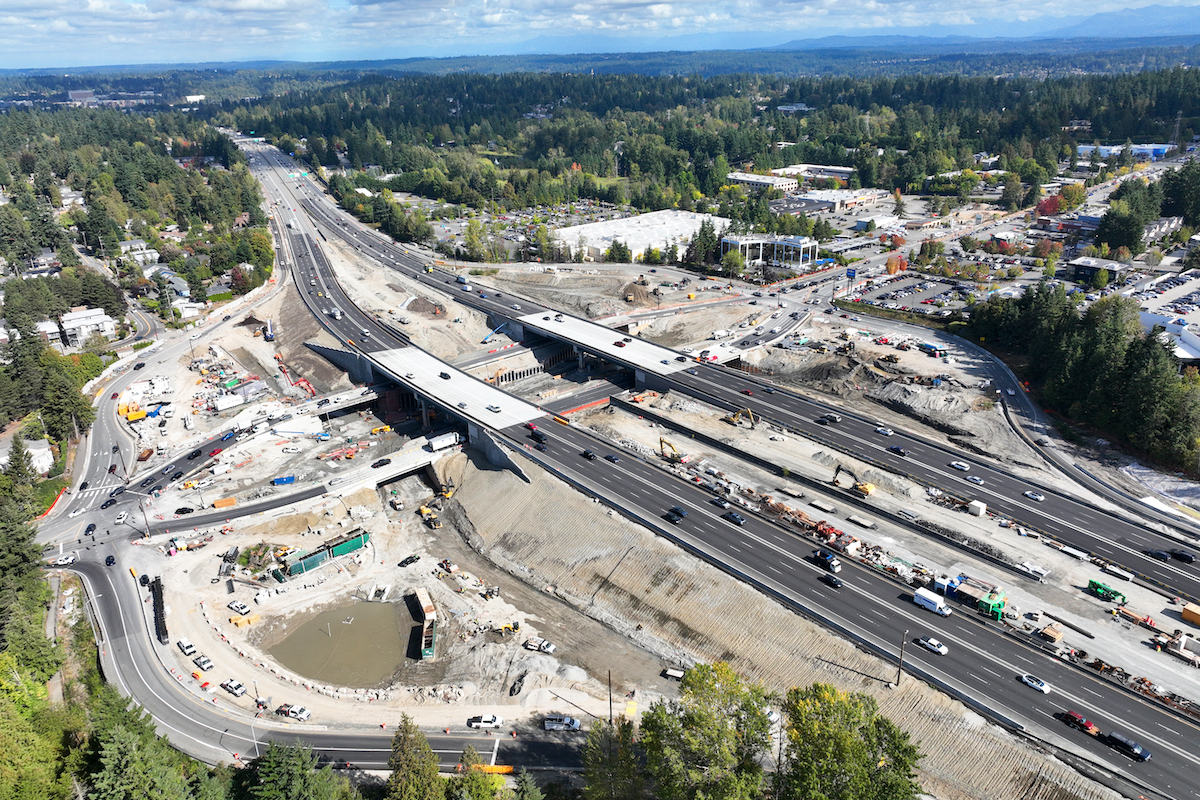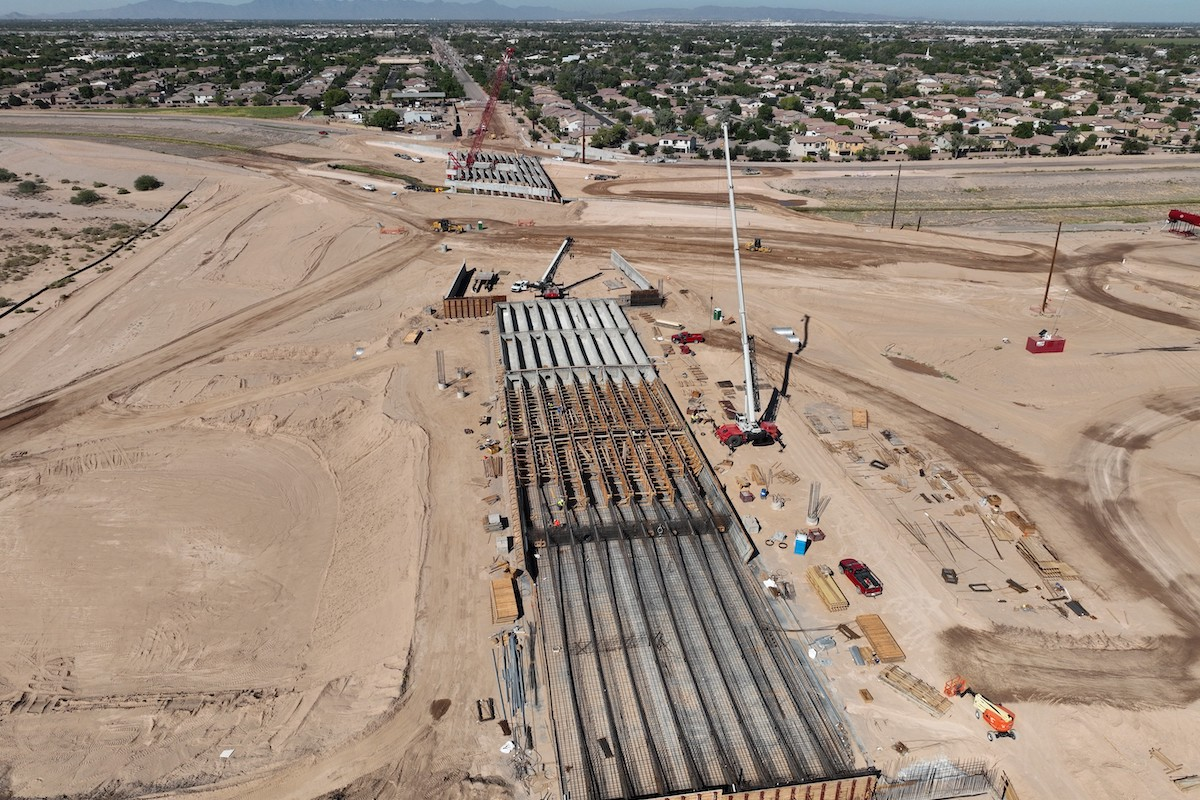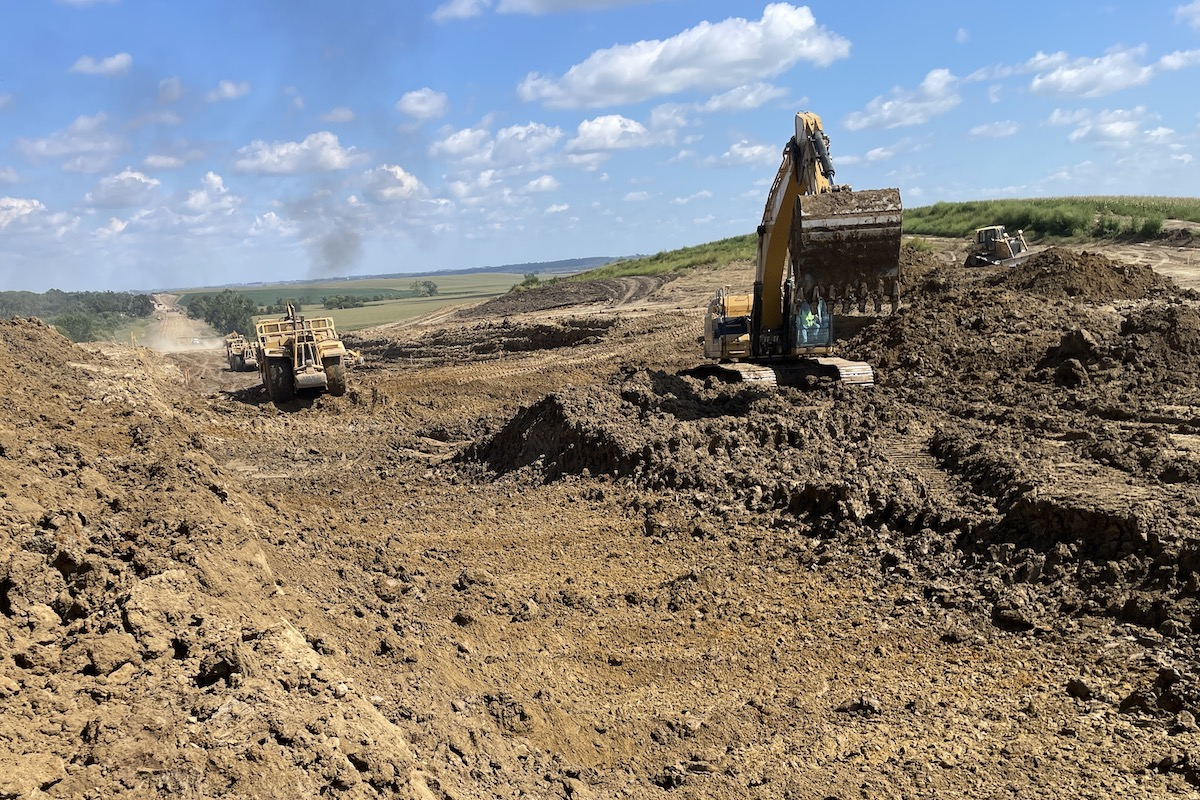Reducing recycled asphalt pavement (RAP) stockpiles is a goal of state departments of transportation and the Federal Highway Administration (FHWA). According to the National Asphalt Pavement Association, the amount of RAP stockpiled nationwide increased from about 94 million tons at the end of the 2016 construction season to approximately 154 million tons at the end of the 2022 construction season.
RAP inventories are growing even still. Nationwide, producers are incorporating about 22.2 percent RAP in hot mix asphalt (HMA) applications, but seemingly, this is not enough to draw down inventories. Recycling previously used asphalt helps keep it out of landfills and conserves raw materials, while cutting costs when repaving roads.
However, drawbacks to reusing asphalt pavement include its susceptibility to surface cracking and its potential to cause a rougher ride surface.
To offset the lower crack resistance of aged, embedded asphalt that can make these pavements crack prematurely, a Georgia-based company ran an experimental field trial in 2019 using a mix of RAP content, an asphalt rejuvenator, and mix design approved by the Georgia Department of Transportation (GDOT). The experimental wearing surface test sections were laid on a two-lane roadway near metro Atlanta.
Five and a half years later, this article is revisiting the field trial after paving. This is a necessary step in underscoring how — when done correctly — high RAP mix designs can produce durable, long-lasting pavements, along with helping to reduce RAP stockpiles in the process. The data here demonstrates the advantage of incorporating an asphalt rejuvenator in high RAP mix designs.

| Your local Case Construction Equipment Inc dealer |
|---|
| ASCO Equipment |
Contractor C.W. Matthews saw the potentially high value of RAP for contributing liquid asphalt binder in the production of asphalt mix. However, the company also understood that asphalt in post-consumer RAP is highly oxidized, so it knew it needed to find a way to offset the brittleness.
Due to its interest in helping reduce RAP stockpiles, GDOT agreed to work with C.W. Matthews to set up the trial field demonstration.
The National Center for Asphalt Technology (NCAT) agreed to support the demonstration by designing the trial asphalt mixes. Assistant NCAT Director Raymond “Buzz” Powell, Ph.D., PE, was assigned to the project, based on his experience overseeing similar experiments on high-RAP-content hot mix asphalt pavements, both with and without asphalt rejuvenator.
The initial paving of the test sections on Georgia State Route 42 Spur took place in 2019. These sections were scheduled for 1.5-inch pavement mill-and-fill.

| Your local Hitachi dealer |
|---|
| CLM Equipment Co |
The purpose of the trial was to develop a mix design that uses high-RAP content but resists premature cracking often seen with high-RAP mix designs. This would allow the use of more RAP and reduce stockpiles.
The contractor had previously produced a 35 percent RAP Superpave design that GDOT approved, which was used as an experiment control. The combined liquid asphalt binder for the control section was 5.61 percent. The experiment employed a dense-graded 12.5-millimeter Superpave wearing course, with 0.5-inch maximum aggregate and 7 percent fines (passing No. 200 sieve). Both sections used PG 64-22 asphalt binder.
A second section utilized 50 percent RAP, was dosed with a rejuvenator at the rate of 2.8 pounds per ton of HMA, and contained 5.78 percent combined liquid asphalt. The rejuvenator selected for the trial was Delta S, a non-toxic, organic plant-based liquid chemistry supplied by Collaborative Aggregates LLC. A rejuvenator is included in the experiment to monitor its effectiveness in offsetting lower crack resistance of aged asphalt embedded in RAP.
Asphalt mixes were manufactured at temperatures between 290 and 310 degrees Fahrenheit at the Forest Park plant and were hauled approximately 9.5 miles to the job site.

| Your local Komatsu America Corp dealer |
|---|
| WPI |
| Kirby-Smith Machinery |
Three rollers performed compaction. Initial breakdown was performed by a Hamm HD-140 15-ton steel drum in vibratory mode. A Caterpillar rubber-tired roller performed intermediate compaction. A Hamm HD-90 10-ton steel drum roller performed the finish compaction in static mode.
NCAT's Pathway Van assessed the test sections in October 2024. Its findings included the following:
The International Roughness Index (IRI) is a standardized method to quantify road surface roughness, essentially measuring the overall ride quality of a pavement. A lower IRI value indicates a smoother ride surface, while a higher IRI indicates a rougher ride surface. FHWA considers an IRI value of less than 95 inches per mile as "good." Pavements above 170 inches per mile are considered to be in poor condition.

| Your local Yanmar dealer |
|---|
| CLM Equipment Co |
| WPI |
With a Mean IRI (MIRI) value of 92, the 50 percent RAP/rejuvenator section provides a significantly smoother ride than that of the 35 percent RAP/no rejuvenator section.
An area of significant concern with increasing the percentage of RAP in mix designs is the onset of cracking and premature pavement failure due to the effects of the oxidized and brittle RAP binder.
A comparison of the percentages of surface cracking between these two pavements shows that despite containing 42.86 percent more RAP, incorporating the rejuvenator into this 50 percent RAP mix design is yielding comparable results to that of the 35 percent RAP/no rejuvenator mix design.

| Your local NPK Construction Equipment Inc dealer |
|---|
| WPI |
Rutting occurs when permanent deformation or consolidation accumulates in an asphalt pavement surface over time, typically shown by depressions forming in the wheel path being engraved in the road.
Not only does rutting tend to lead to premature pavement failure, but there is also an increased risk of vehicular collisions due to hydroplaning when water accumulates in these depressions.
As expected with a high RAP mix design, minimal rutting depths were observed for both the 50 percent RAP/rejuvenator mix design and the 35 percent RAP/no rejuvenator section.

| Your local Wirtgen America dealer |
|---|
| Kirby-Smith Machinery |
The results of this five-and-a-half-year trial underscore the benefits of using an asphalt mix design containing 50 percent RAP with the non-petroleum-based asphalt rejuvenator, Delta S. This mix has outperformed a standard 35 percent RAP Superpave mix design in the field.
The experiment’s significance is born out when these factors are considered collectively. The surface continues to be firm enough to withstand rutting yet flexible enough to resist detrimental cracking, while at the same time offering a significantly better ride quality.
These results are applicable to the industry at large as they contribute to the development of high-RAP-content HMA designs. The findings could help reduce RAP stockpiles while reducing costs to maintain the nation’s roadways.
Graphics courtesy of Collaborative Aggregates







